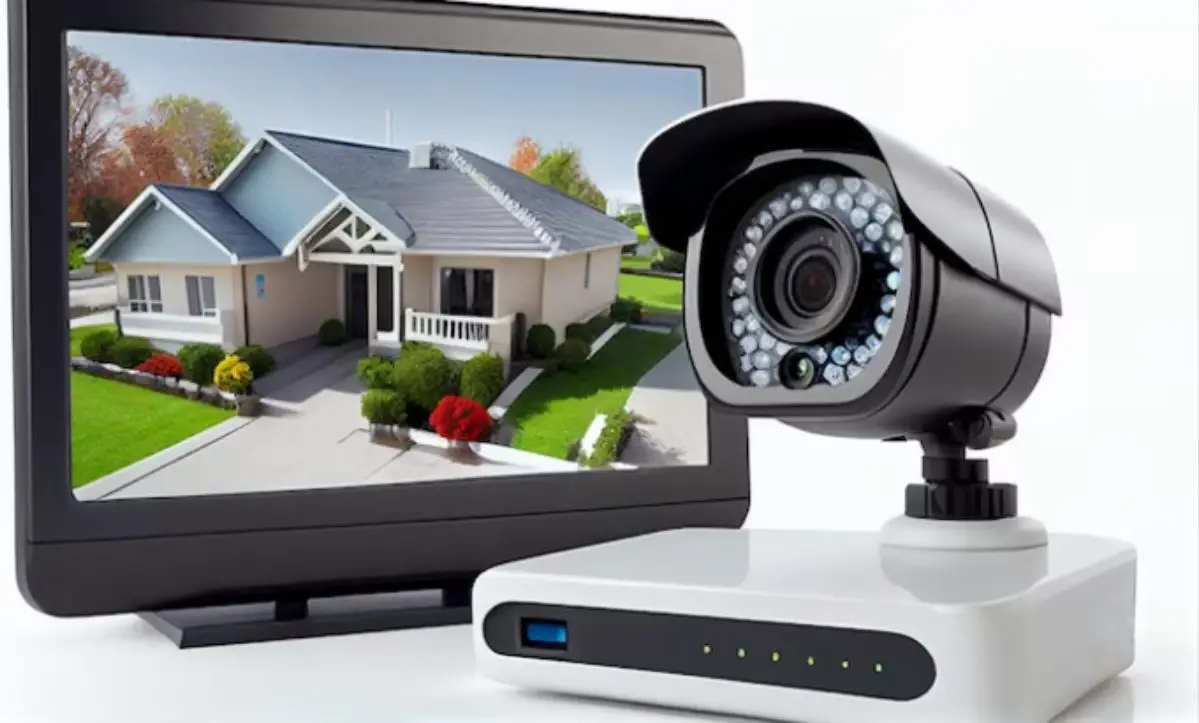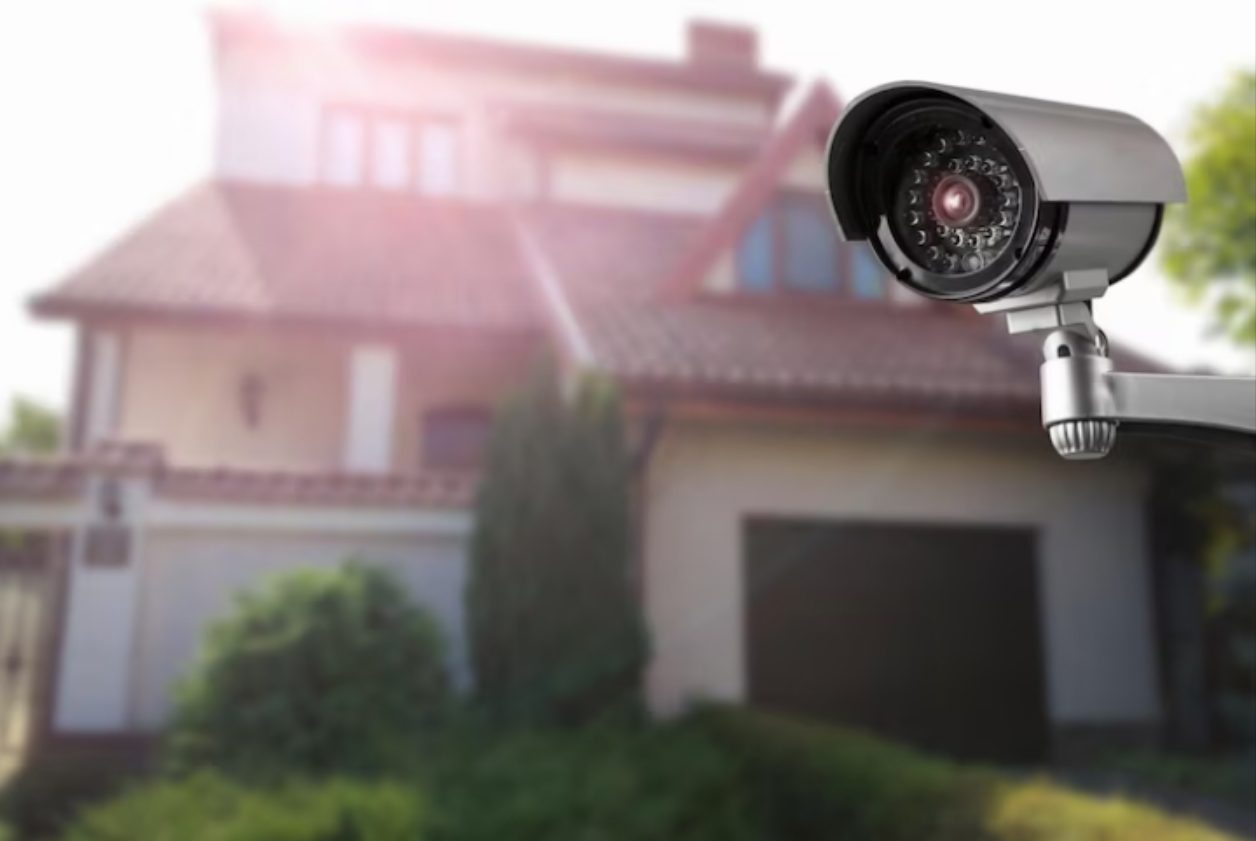

In the age of rapid technological advancements, high-tech neighborhoods have emerged as modern marvels where innovation and convenience seamlessly intertwine. These communities boast smart homes, interconnected devices, and digital amenities that cater to the tech-savvy residents. While the allure of such neighborhoods is undeniable, they also present a unique set of challenges when it comes to home security. The fusion of technology and living spaces has created a dynamic landscape where safeguarding homes extends beyond physical locks and alarms. In this blog, we delve into the rising concerns surrounding home security in high-tech neighborhoods, where the convergence of smart devices, cyber threats, and hacking attempts demands a new level of vigilance and preparedness. From exploring the perks and pitfalls of these tech-driven communities to unveiling effective strategies for maintaining digital fortresses, join us as we navigate the intricate interplay between technology and security in the modern neighborhoods of tomorrow.
The Perks and Pitfalls of High-Tech Neighborhoods
High-tech neighborhoods are characterized by their seamless integration of technology into daily life, offering residents an array of tech-driven conveniences and amenities that redefine modern living. From smart thermostats that adjust temperature settings based on your preferences to automated lighting systems that create the perfect ambiance, these neighborhoods promise a lifestyle that is both efficient and luxurious. However, the allure of these innovations also brings forth potential pitfalls. The very interconnectedness that enhances convenience can also introduce vulnerabilities. Identifying potential weak points in the digital infrastructure, such as poorly secured devices or outdated software, becomes crucial in safeguarding against cyber threats. Striking the delicate balance between embracing innovation and maintaining robust security protocols is paramount for creating a harmonious and protected living environment. As we delve into the realm of high-tech neighborhoods, let’s explore the complexities of navigating the digital landscape and the cyber threats that come with it.
Cyber Threats: Navigating the Digital Landscape
In high-tech neighborhoods, the digital landscape presents a range of cyber threats that homeowners must be vigilant against. Cybercriminals are quick to exploit vulnerabilities in smart devices, seeking unauthorized access to control various aspects of a home. From remotely unlocking doors to disabling security systems, these hackers can undermine the very security measures meant to protect residents. The risk of hacking attempts looms large, as connected homes can inadvertently provide an entry point for cyber intrusions. To safeguard against these threats, homeowners must adopt strategies that fortify the digital fortress of their homes. This includes ensuring that devices are equipped with robust security features, utilizing strong and unique passwords, and regularly updating firmware to address known vulnerabilities. As we navigate the intricacies of cyber threats, let’s delve deeper into the unseen risks associated with smart devices in high-tech neighborhoods.
Smart Device Vulnerabilities: Unseen Risks
The interconnected nature of smart devices in high-tech neighborhoods introduces a layer of vulnerability that is not always apparent. While these devices offer unprecedented convenience, they also provide potential entry points for unauthorized control and manipulation. From smart thermostats to security cameras, each device presents a potential weak link that cybercriminals could exploit. Intruders gaining access to these devices can tamper with settings, disable security measures, or even gain a window into your private spaces. The prospect of unseen risks necessitates proactive measures. Homeowners should be diligent in regularly updating firmware and applying security patches provided by device manufacturers. These updates often address known vulnerabilities and strengthen the device’s defenses against cyber threats. As we confront the intricacies of smart device vulnerabilities, real-life scenarios of hacking attempts shed light on the potential consequences and the need for proactive security measures.
Hacking Attempts: Real-Life Scenarios
Real-life instances of hacking attempts in high-tech neighborhoods serve as cautionary tales, underscoring the critical importance of robust cybersecurity measures. In various cases, hackers have gained unauthorized access to smart home devices, manipulating settings and exploiting vulnerabilities. The consequences of compromised smart home security systems can range from intruders remotely unlocking doors to gaining access to personal data and even live camera feeds. These unsettling scenarios highlight the potential invasion of privacy and the very real threat posed by cybercriminals. From these incidents, homeowners can draw valuable lessons about the need for constant vigilance and proactive security measures. Implementing multi-factor authentication, regularly updating passwords, and staying informed about the latest security threats are essential steps in protecting the digital sanctity of high-tech homes. As we navigate the implications of hacking attempts, let’s explore the cybersecurity measures that homeowners can adopt to strengthen the digital fortress of their residences.

Strengthening the Fortress: Cybersecurity Measures
As homeowners in high-tech neighborhoods face the evolving landscape of cyber threats, there are proactive steps they can take to fortify their digital fortresses. Implementing strong passwords and utilizing multi-factor authentication are essential practices that provide an additional layer of security. By requiring multiple forms of verification, such as a password and a fingerprint scan, the chances of unauthorized access are significantly reduced. Utilizing secure Wi-Fi networks with strong encryption protocols further safeguards against potential breaches, preventing unauthorized parties from infiltrating your home network.
Regularly updating software and firmware is another vital cybersecurity measure. Manufacturers release updates to address known vulnerabilities and enhance the security of devices. Failing to update leaves devices susceptible to exploitation by cybercriminals. Staying proactive in keeping devices up-to-date ensures that your home’s interconnected ecosystem remains resilient against emerging threats. By adopting these cybersecurity measures, homeowners can actively participate in creating a safer and more secure digital environment for themselves and their families. Now, let’s explore the role of education in raising awareness and preparedness among residents in high-tech neighborhoods.
Educating Residents: Raising Awareness and Preparedness
In the rapidly evolving landscape of high-tech neighborhoods, education plays a pivotal role in equipping residents with the knowledge and tools to navigate the digital realm safely. Recognizing the importance of educating homeowners about cyber threats is the first step toward building a resilient community. Hosting workshops and seminars that focus on cybersecurity best practices can empower residents to make informed decisions about protecting their homes. These educational sessions can cover topics such as recognizing phishing attempts, securing personal data, and responding to suspicious activities. By encouraging proactive measures, residents can take ownership of their digital security and actively contribute to the overall safety of the community. As we delve into the role of education, let’s explore how collaborative efforts among local communities can further bolster cyber defenses and create a united front against cyber threats.
Collaborative Efforts: The Role of Local Communities
In the face of the complex and ever-evolving landscape of cyber threats, local communities have a significant role to play in fortifying the digital resilience of high-tech neighborhoods. Building a sense of community vigilance against cyber threats fosters a collective responsibility for security. Neighbors can actively watch out for each other, reporting suspicious activities and potential vulnerabilities. Moreover, sharing information and resources within the community can strengthen overall cybersecurity. Residents can exchange insights about effective security measures, recommended security software, and reliable resources for staying updated on cyber threats.
Collaborative approaches are vital for addressing neighborhood-wide challenges. By pooling knowledge and expertise, residents can collectively address common concerns and find innovative solutions. Establishing neighborhood cyber security committees or online forums where residents can share experiences, discuss best practices, and seek advice can foster a united front against cyber threats. As we recognize the importance of collaborative efforts, let’s explore the delicate equilibrium between embracing innovation and maintaining security in high-tech neighborhoods.
Striking the Balance: Innovation and Security
The evolution of high-tech neighborhoods underscores the delicate balance between embracing technological innovation and prioritizing security. While the conveniences of smart homes are undeniable, it’s essential to approach these advancements with a mindful focus on security. Embracing technology doesn’t mean compromising on safety; rather, it means harnessing the power of innovation while safeguarding against potential risks. Responsible usage of smart devices is paramount—homeowners should be vigilant about managing access, reviewing privacy settings, and staying informed about potential vulnerabilities. Manufacturers, too, play a pivotal role in enhancing device security through rigorous testing, continuous updates, and robust encryption measures. Striking the right balance ensures that homes remain cutting-edge in convenience while fortified against cyber threats.
In conclusion, the rise of high-tech neighborhoods offers a new dimension of living that merges technology and daily life. However, the integration of smart devices and the digital landscape also introduces novel challenges in home security. By understanding the nature of cyber threats, fortifying smart devices, and engaging in collaborative efforts, homeowners can navigate this evolving landscape with resilience and confidence. The synergy between education, technology, and community collaboration will ultimately pave the way for safer and more secure high-tech neighborhoods. As we continue to embrace the future, it’s our responsibility to foster an environment where innovation and security coexist harmoniously, ensuring that our homes remain not only smart but also protected havens for years to come.